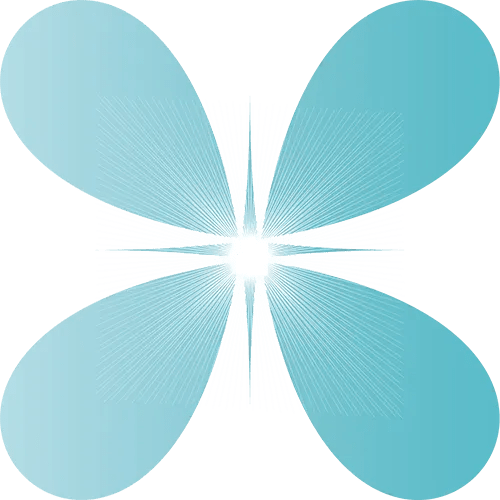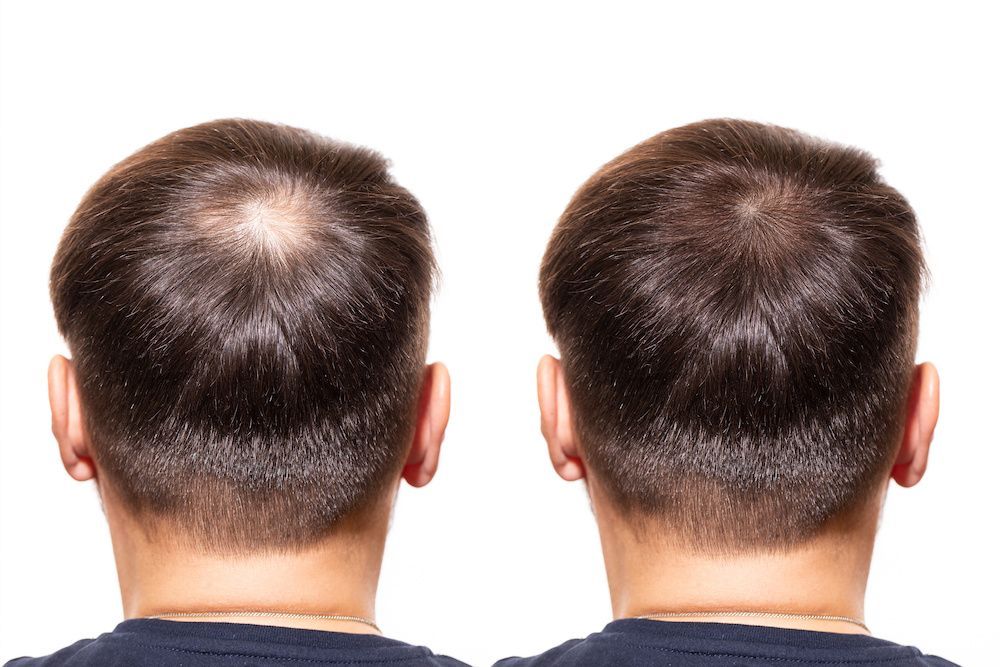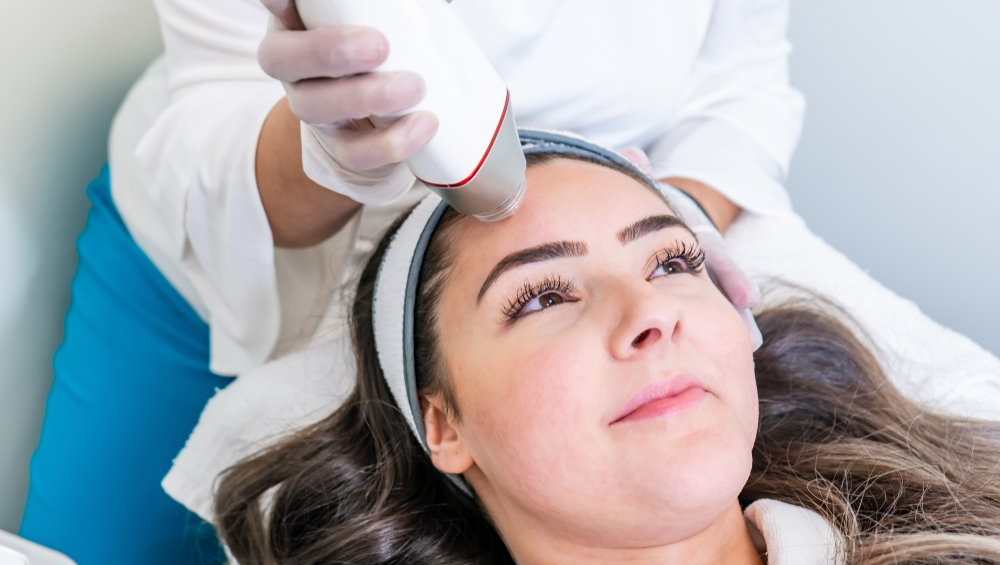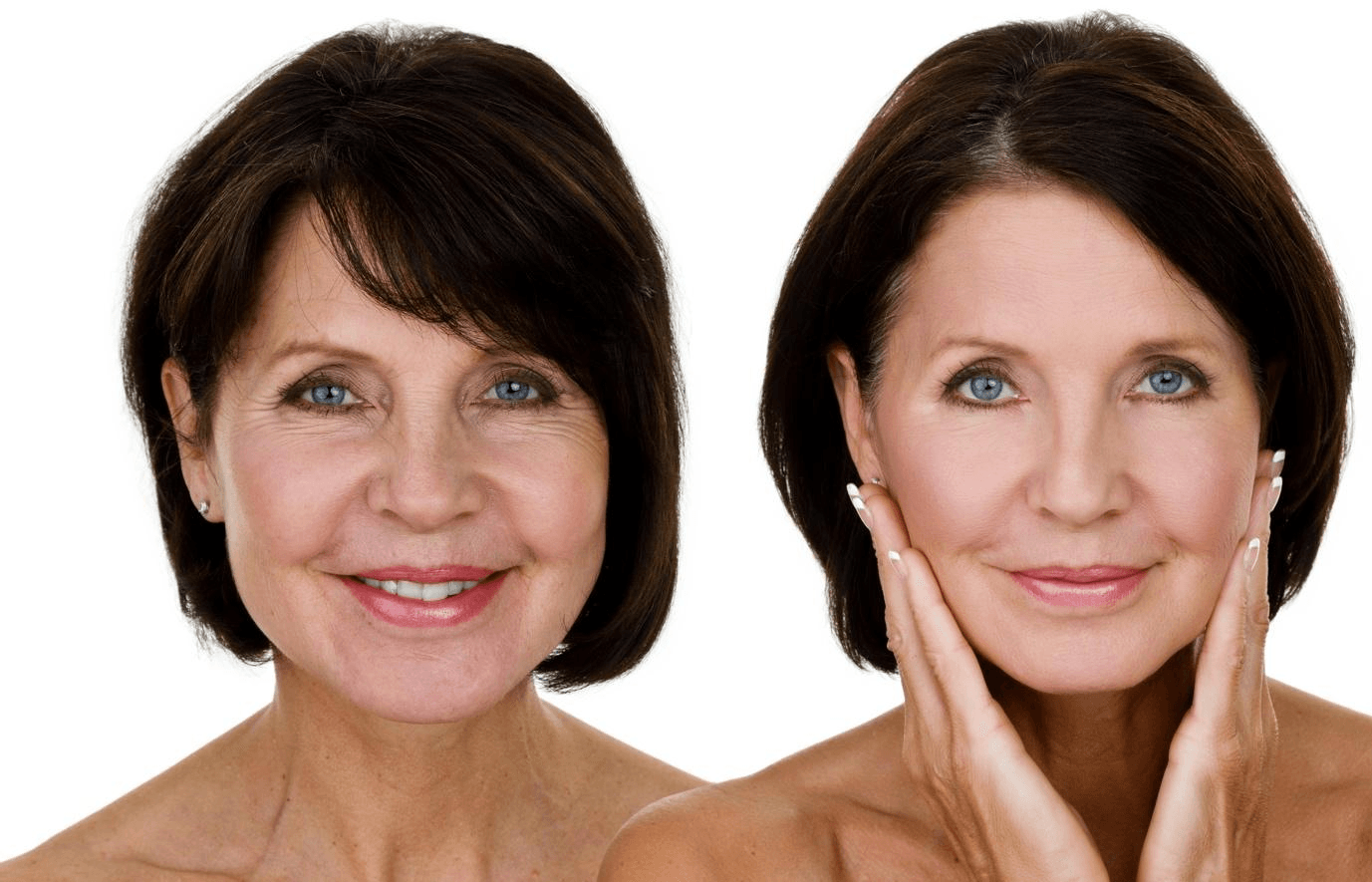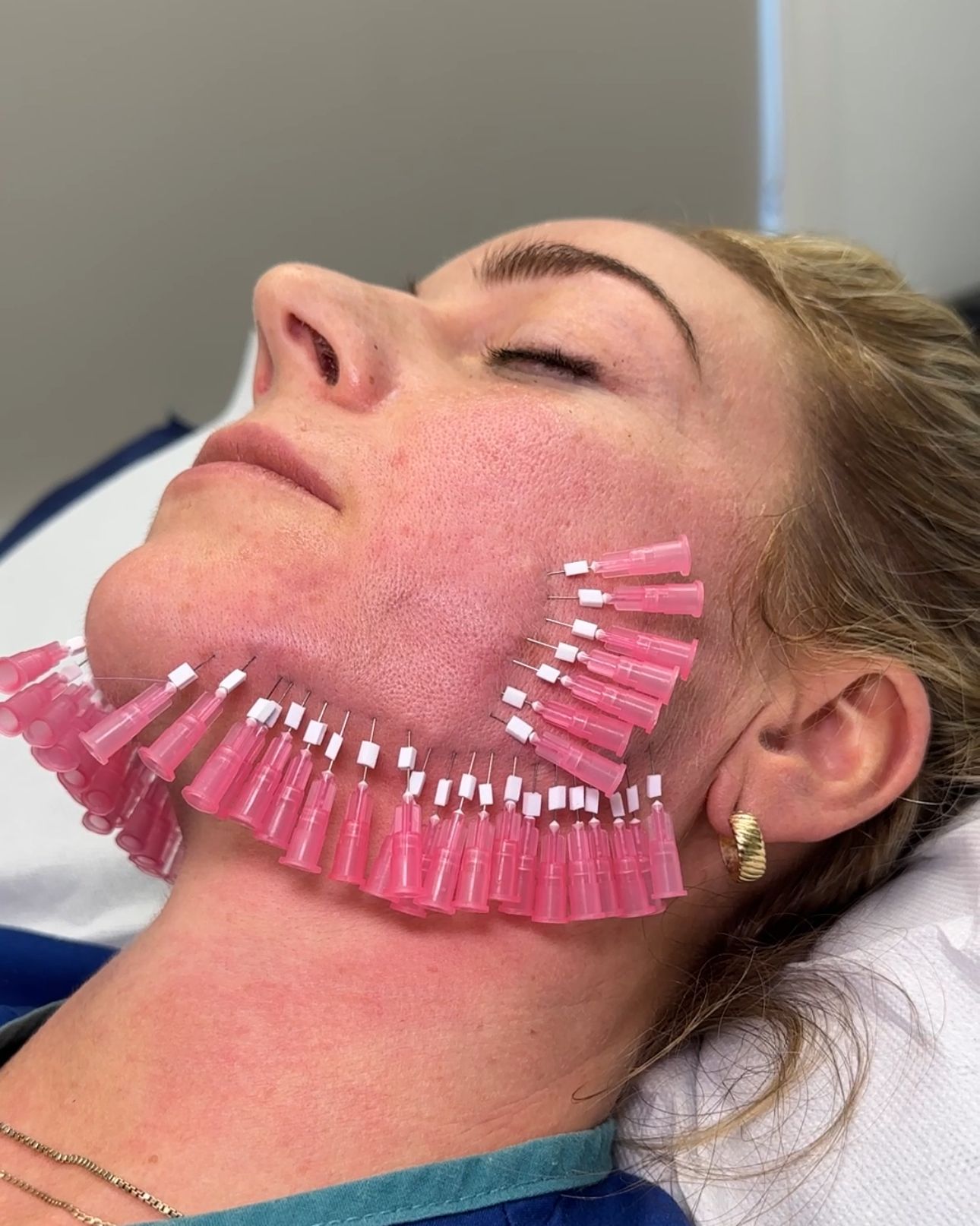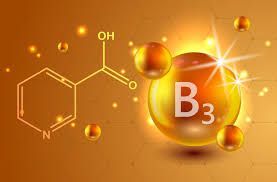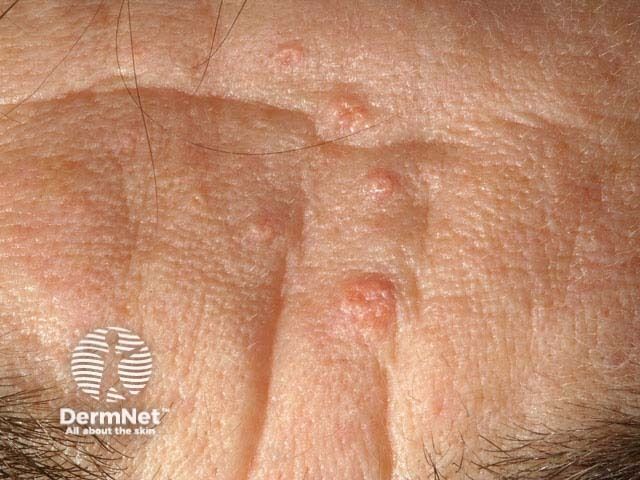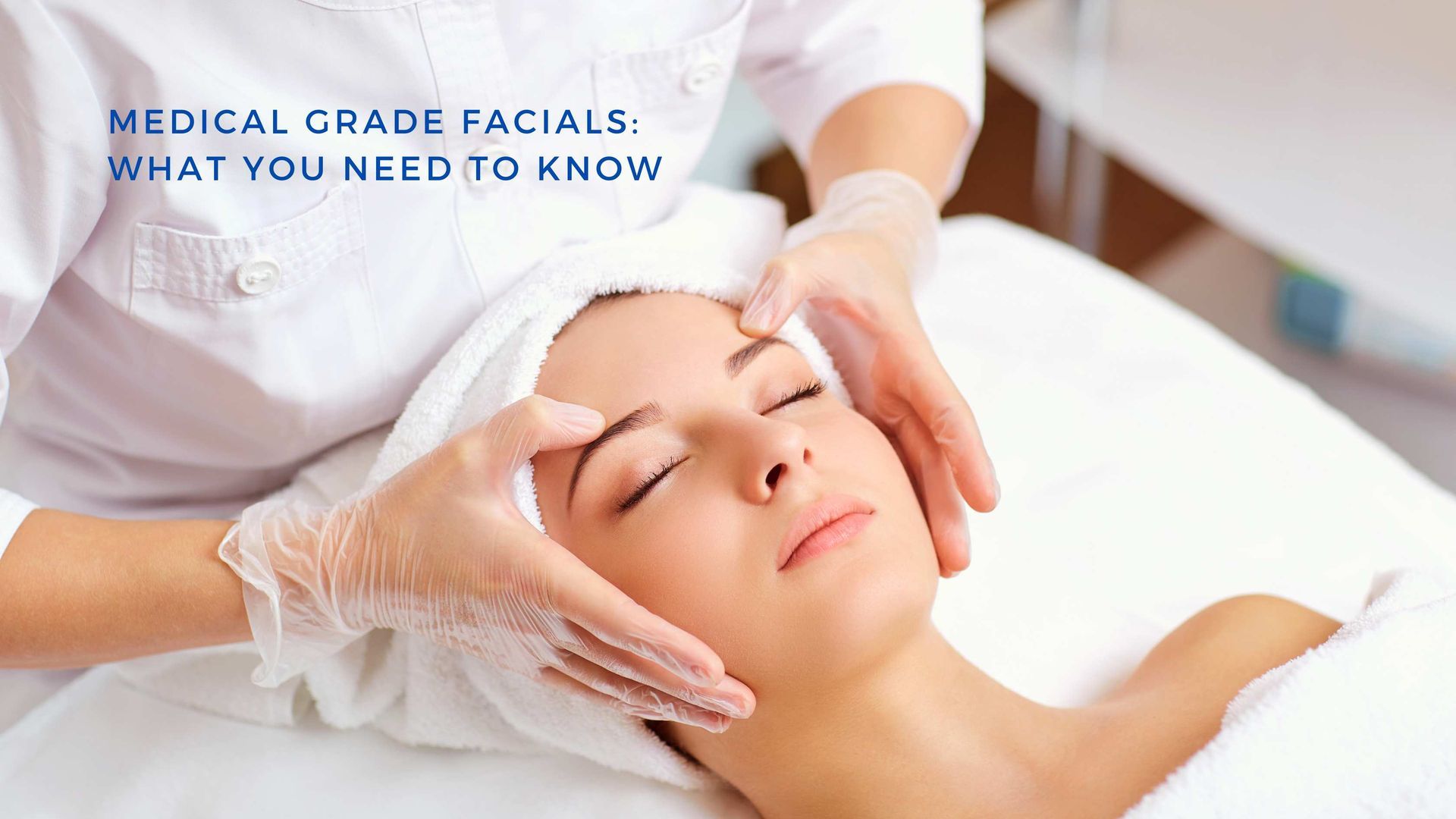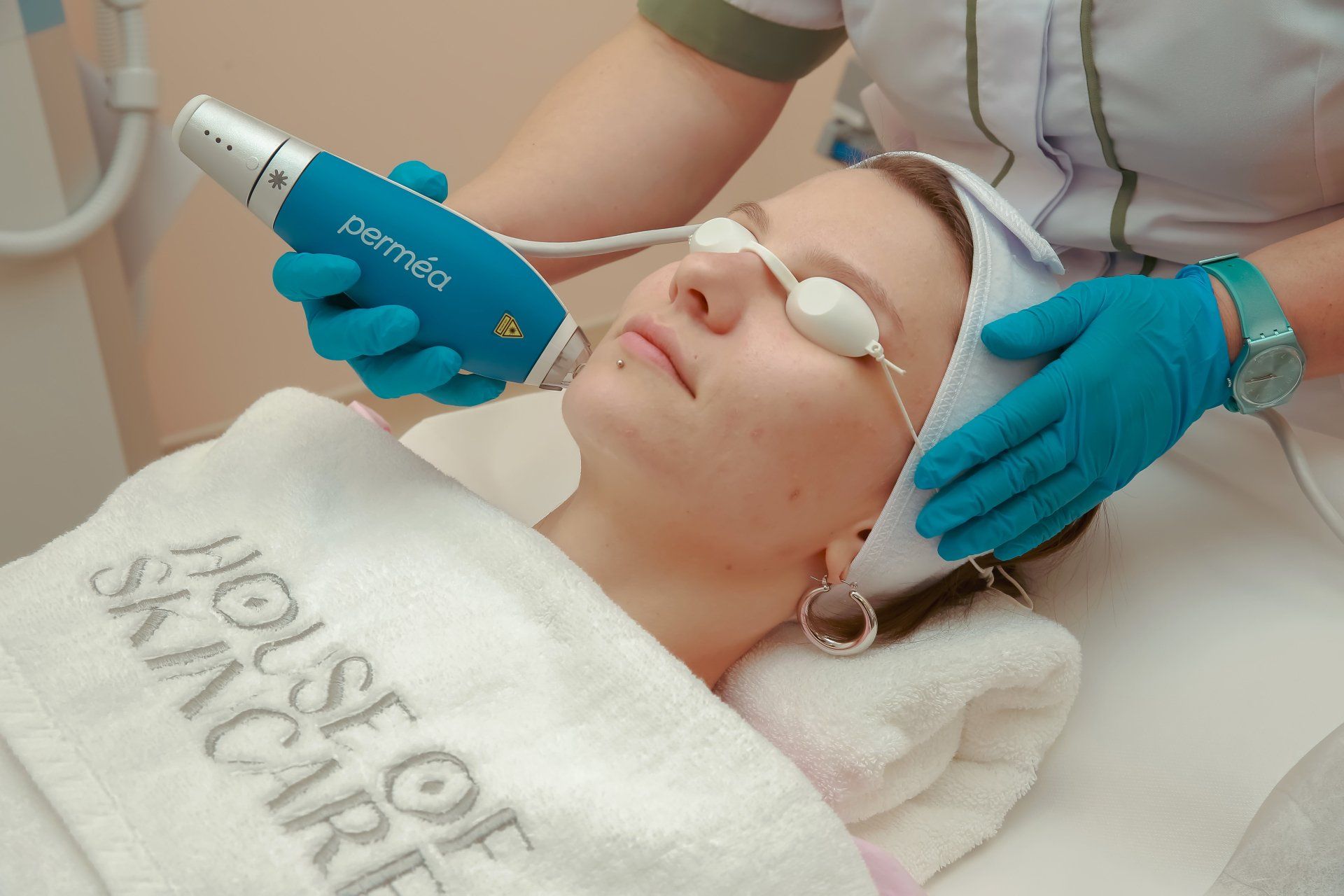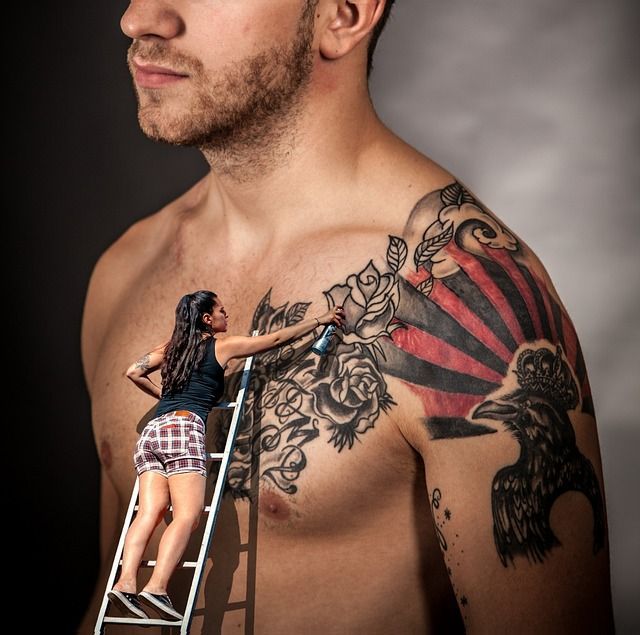If you feel that age spots are telling people you’re past your prime; you may be able to fade those spots significantly. Sometimes, you can even get rid of them.
Before you treat age spots, however, you should know a few facts.
What looks like an age spot could be skin cancer, so you should see a qualified professional for a skin exam before treating age spots.
What are my options?
Many treatment options are available for age spots; You’ll find two types of treatments:
- Creams and lotions
- Procedures
Procedures, which include laser therapy, Cryosurgery, Microdermabrasion and chemical peels, tend to work faster.
Creams and lotions, however, require discipline. You have to apply a cream or lotion once or twice a day for weeks or months to see results. There are ways we can improve the action of these creams and lotions, such as using a dermaroller.
Here’s what you should know about your treatment options.
Creams and lotions: You’ll find plenty of products that manufacturers claim will fade age spots. Many you can buy without a prescription.
- If you’d prefer to use a cream or lotion to treat age spots, consult a professional to get a scientific evidence-based product.
- Qualified Health care professionals can tell you if an age spot is actually an age spot. Other spots that become more common on our skin with age include seborrheic keratoses, actinic keratoses, and skin cancer.
Laser treatment (procedure): One or two laser treatments can treat age spots quickly, and you’ll likely have longer-lasting results than with a cream that can fade age spots.
- Lasers can also cause side effects, such as crusting or temporary darkening of age spots, which you won’t get with creams. These side effects tend to fade quickly.
- Cryosurgery (procedure): This is a common treatment for age spots. During this procedure, a skin specialist freezes the age spots. As the skin heals, it has a more even skin tone.
- Treatment can be slightly painful, but it’s quick. After treatment, you may have some pain, a blister, or temporary redness and swelling.
- Possible permanent side effects include darkening of an age spot, lightening of the skin around the age spot, or a scar. When a board-certified dermatologist performs Cryosurgery, permanent side effects are rare.
Microdermabrasion (procedure): During this procedure, a skin specialist will smooth away age spots. Studies show this can be quite effective, especially when a patient also has a chemical peel.
- The patients who received microdermabrasion and a chemical peel had better results.
- After a microdermabrasion treatment, you may see mild inflammation. This will likely disappear in a few hours.
Chemical peeling (procedure): This can effectively treat age spots. In a study that compared chemical peeling with Cryosurgery, the researchers found that 47% of the patients receiving the chemical peel had a 50% fading of their age spots.
What is next?
Sun protection is essential after treating age spots. No matter which treatment you choose, it’s important to know that age spots can return. You can prevent this by protecting your skin from the sun.
Specially trained doctors in skincare can help patients find the right treatment. With so many treatment options available, it can be hard to know which to choose. A skin specialist has the expertise needed to create a treatment plan tailored to your individual needs.
